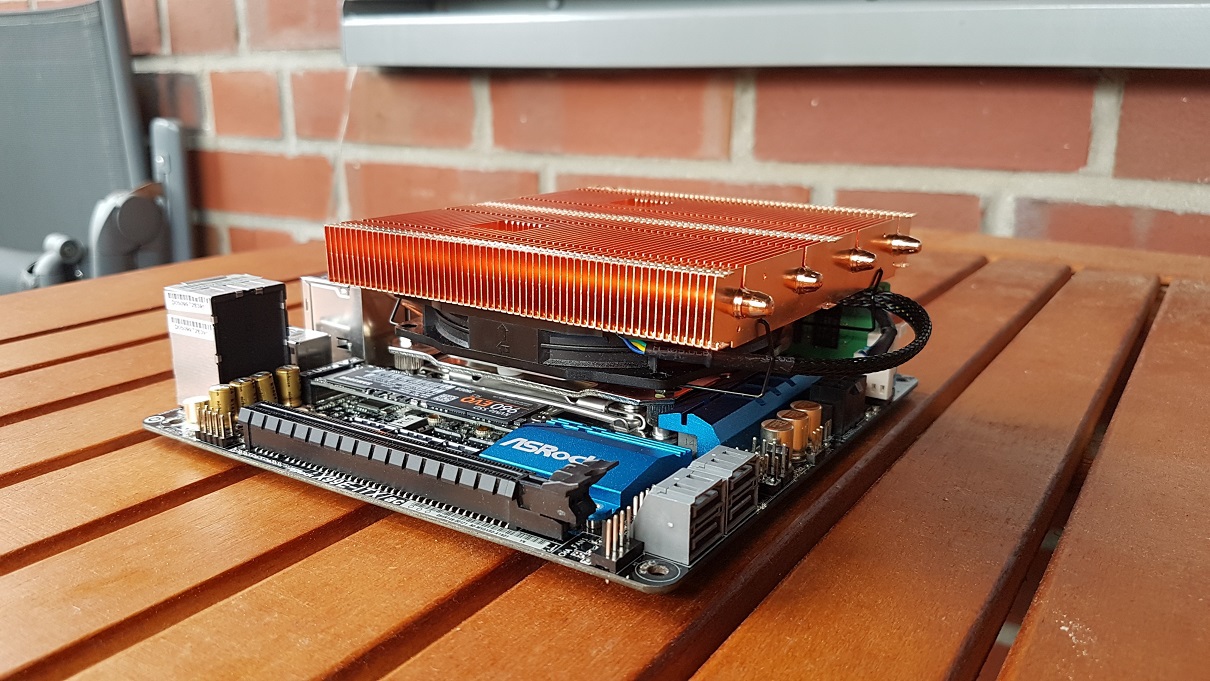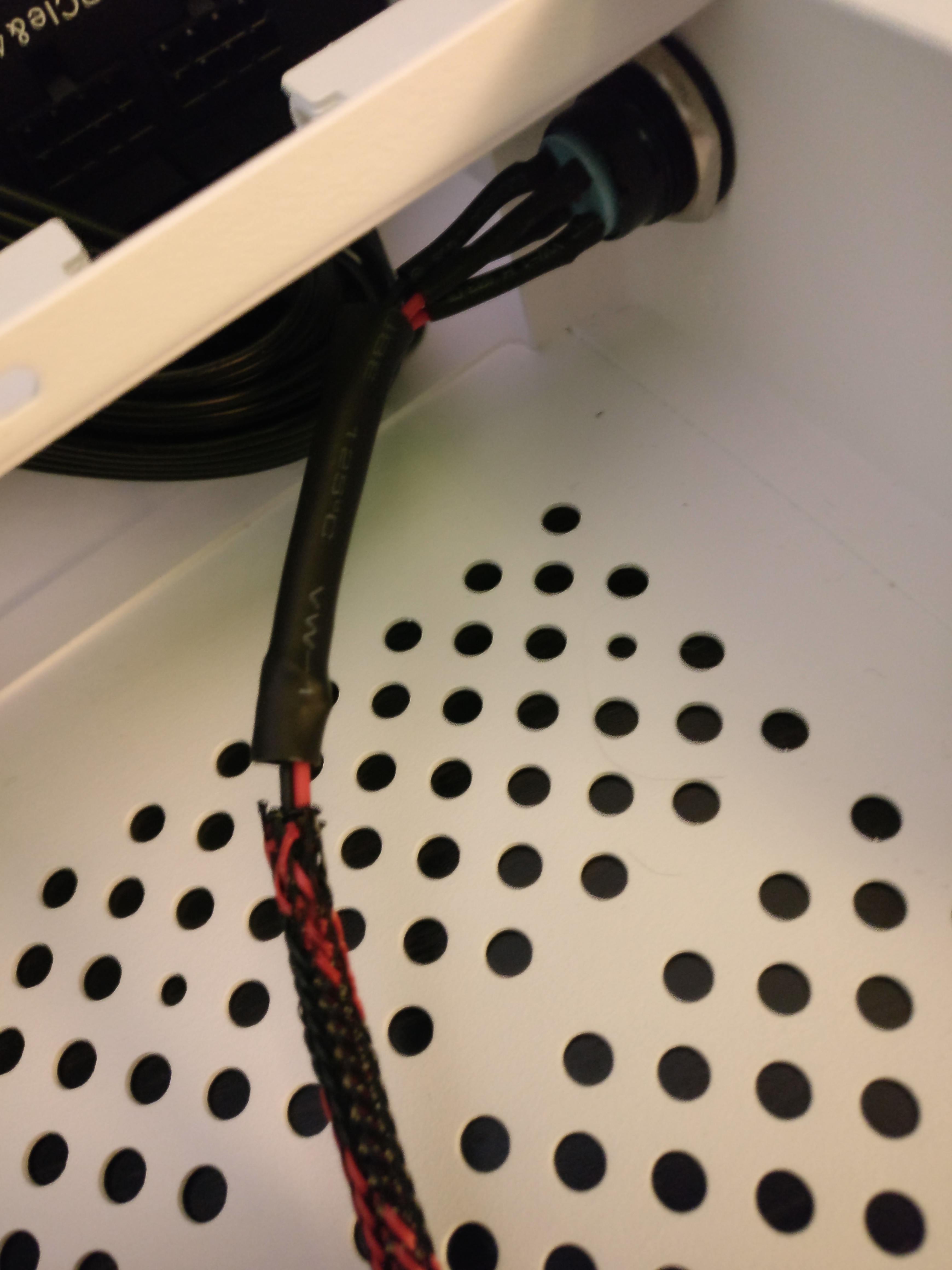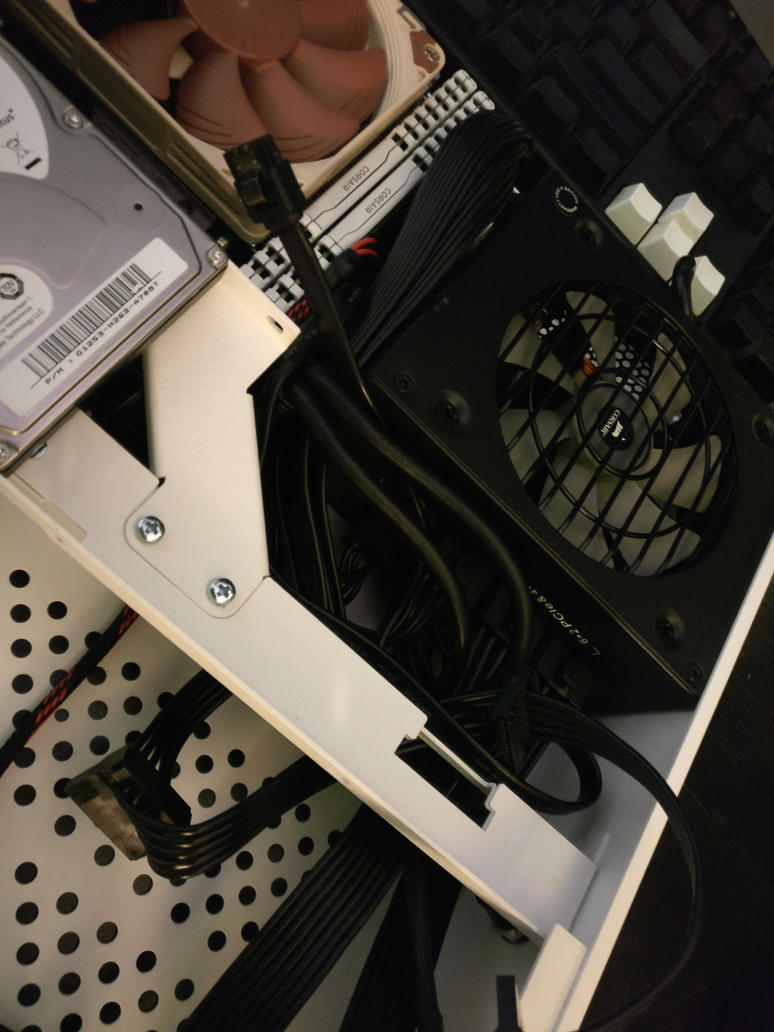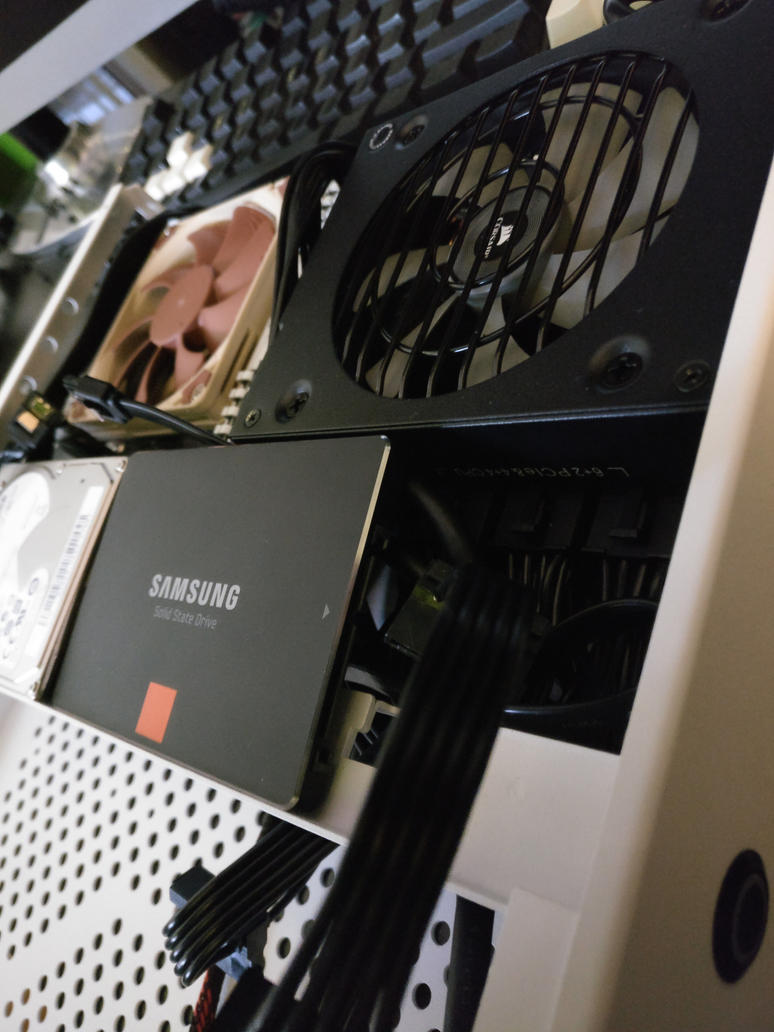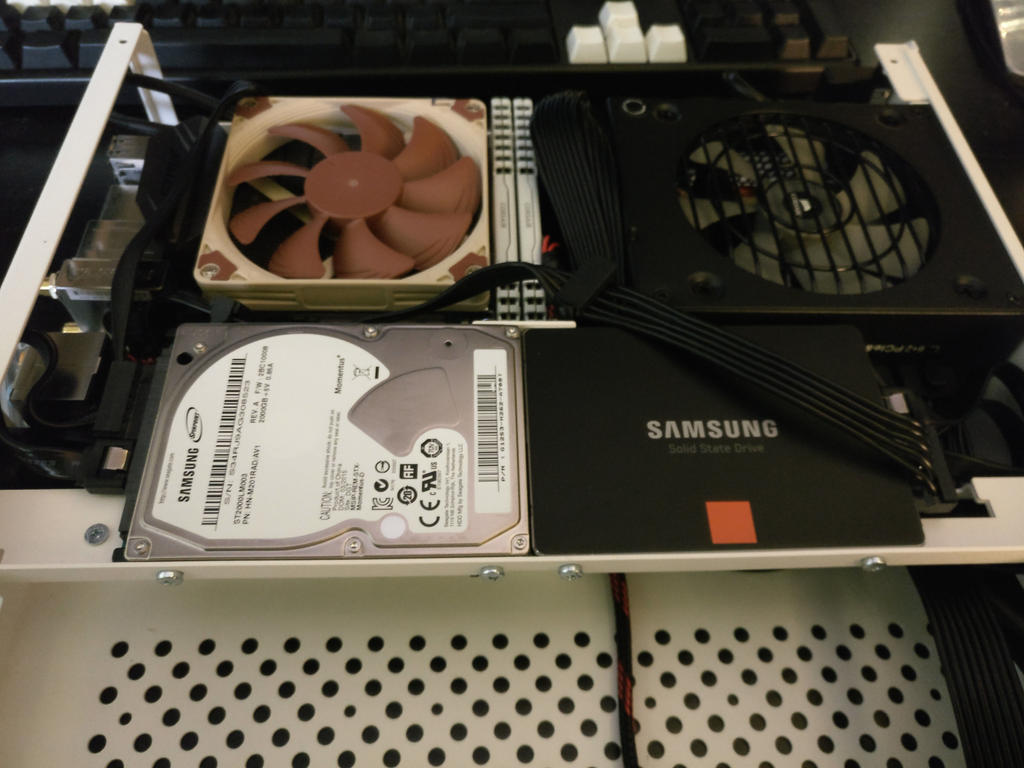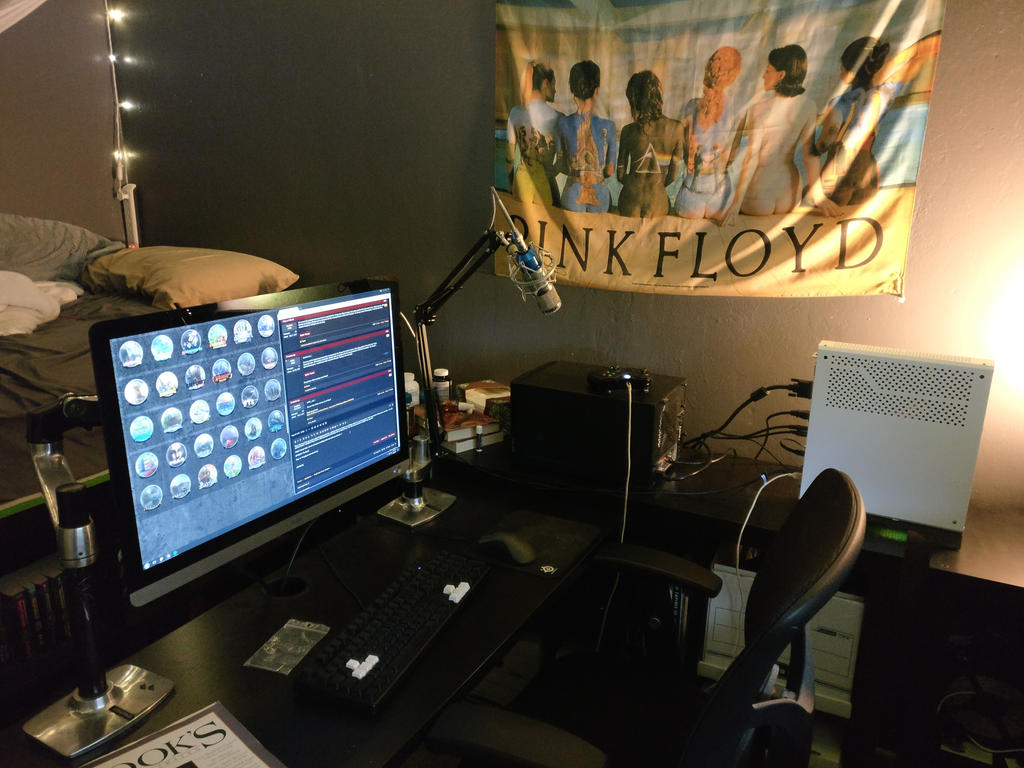Did anyone try GTX 1070 Aero from MSI?
This review http://www.guru3d.com/articles-pages/msi-geforce-gtx-1070-aero-itx-oc-review,1.html suggests that it is better than the founders edition and cheaper at the same time.
This review http://www.guru3d.com/articles-pages/msi-geforce-gtx-1070-aero-itx-oc-review,1.html suggests that it is better than the founders edition and cheaper at the same time.
![[H]ard|Forum](/styles/hardforum/xenforo/logo_dark.png)



